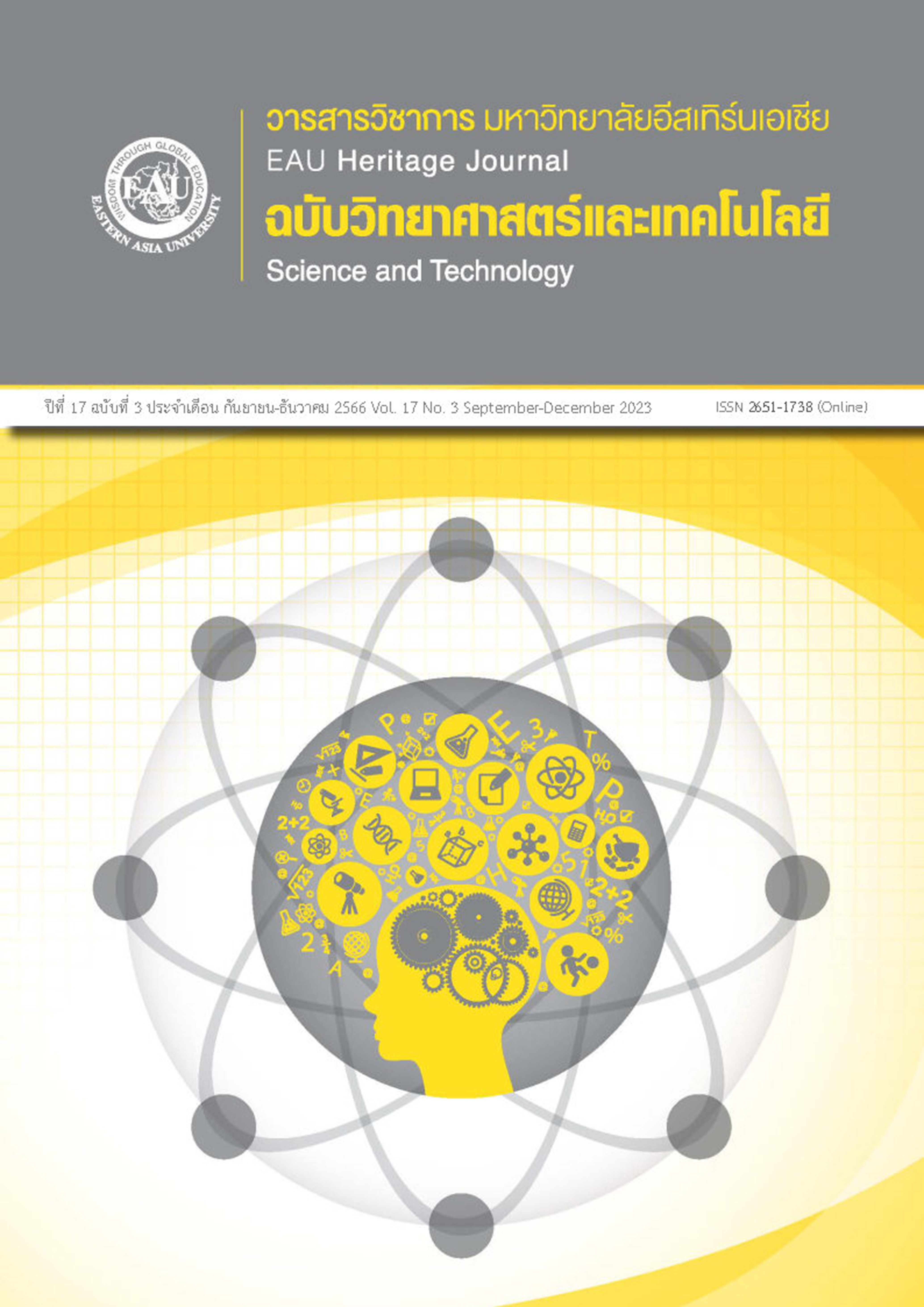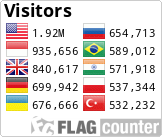Development of Integrated Building Energy Modeling in Pattaya City, Thailand
Keywords:
Energy conservation, Energy efficiency, Building energy simulation, CO2 emission reductionsAbstract
Transitioning energy systems towards carbon neutrality is necessary to have creative initiatives or new innovations. These enable local governments and stakeholders to provide energy policies. This research aims to develop and present a method for integrated building energy modeling. This includes the analysis of energy conservation measures and energy-related CO2 emissions in an urban area. The research used Pattaya city in Thailand as a case study. The scope of the building type covers only residential buildings. The results show that the total energy use and energy-related CO2 emissions in the six building types, including (1) single houses, (2) single buildings, (3) two-story houses, (4) townhouses, (5) commercial buildings, and (6) hotels and condominiums, are 44,176,062 MWh/yr and 25,714,886 tCO2e/yr. The analysis of energy conservation measures revealed that replacing glazing areas with Double IGU with Low-E, installing wall and roof insulation, thermal film, and solar photovoltaic rooftops have high potential for energy-savings and energy-related CO2 emission reductions. These measures led to total energy savings of 12,908,646 MWh/yr and energy-related CO2 emission reductions of 7,514,123 tCO2e/yr. Local governments and stakeholders would benefit from the proposed method for energy and carbon-neutral decision-making in cities.
References
Alhamwi, A., Medjroubi, W., Vogt, T., & Agert, C. (2019). Development of a GIS-Based platform for the allocation and optimisation of distributed storage in Urban Energy Systems. Applied Energy, 251, 113360. https://doi.org/10.1016/j.apenergy.2019.113360
Ali, U., Haris Shamsi, M., Hoare, C., Mangina, E., & O’Donnell, J. (2019). A data-driven approach for multi-scale building archetypes development. Energy and Buildings, 202, 109364. https://doi.org/10.1016/j.enbuild.2019.109364
Ali, U., Shamsi, M. H., Hoare, C., & O’donnell, J. (2018). GIS-Based residential building energy modeling at district scale. Proceedings of BSO 2018: 4th Building Simulation and Optimization Conference, Cambridge, UK: 11-12 September 2018 (pp. 153-160). UK: International Building Performance Simulation Association. http://www.ibpsa.org/proceedings/BSO2018/2B-2.pdf
ASHRAE. (2010). ASHRAE 90.1 appendix G: Building performance rating method. U.S.A.: ASHRAE
DOE. (2021). EnergyPlus, department of energy, energy.Gov. Retrieved from https://www.energy.gov/eere/buildings/articles/energyplus
Kampelis, N, Papayiannis, G. I., Kolokotsa, D., Galanis, G. N., Isidori, D., & Cristalli, C., & Yannacopoulos, A. N. (2020). An integrated energy simulation model for buildings. Energies, 13(5), 1170. https://doi.org/10.3390/en13051170
Li, C. (2018). GIS for urban energy analysis. In Comprehensive Geographic Information Systems Vol. 3 (pp. 187–195). Amsterdam, Netherlands: Elsevier.
Li, G., Xuan, Q., Akram, M. W., Akhlaghi, Y. G., Liu, H., & Shittu, S. (2020). Building integrated solar concentrating systems: A review. Applied Energy, 260, 114288. https://doi.org/10.1016/j.apenergy.2019.114288
Li, Y., Ding, D., Liu, C., & Wang, C. (2016). A pixel-based approach to estimation of solar energy potential on building roofs. Energy and Buildings, 129, 563–573. https://doi.org/10.1016/j.enbuild.2016.08.025
Marina, A., Soebarto, V., Williamson, T., Liang, R., Ebendorff-Heidepriem, H., & Wu, Y. (2019). Thermochromic smart window technologies for building application: A review. Applied Energy, 255, 113522. https://doi.org/10.1016/j.apenergy.2019.113522
Nutkiewicz, A., Yang, Z., & Jain, R. K. (2018). Data-driven Urban Energy Simulation (DUE-S): A framework for integrating engineering simulation and machine learning methods in a multi-scale urban energy modeling workflow. Applied Energy, 225, 1176-1189. https://doi.org/10.1016/j.apenergy.2018.05.023
Reinhart, C. F., & Davila, C. C. (2016). Urban building energy modeling–A review of a nascent field. Building and Environment, 97, 196-202. https://doi.org/10.1016/j.buildenv.2015.12.001
Pattaya City. (2019). Translation of Pattaya City yearly report 2019. Pattaya: Pattaya City. (in Thai)
Sola, A., Corchero, C., Salom, J., & Sanmarti, M. (2018). Simulation tools to build urban-scale energy models: A review. Energies, 11(12), 3269. https://doi.org/10.3390/en11123269
Stadler, M., Firestone, R., & Curtil, D. (2006). On-site generation simulation with energyplus for commercial buildings. Retrieved from https://escholarship.org/uc/item/7cf5g36q
UN DESA. (2018). 68% of the world population projected to live in urban areas by 2050, says UN. United Nations. Retrieved from https://www.un.org/development/desa/en/news/population/2018-revision-of-world-urbanization-prospects.html
Zhai, Y., Ma, Y., David, S. N., Zhao, D., Lou, R., Tan, G., Yang, R., & Yin, X. (2017). Scalable-manufactured randomized glass-polymer hybrid metamaterial for daytime radiative cooling. Science (New York, N.Y.), 355(6329), 1062–1066. https://doi.org/10.1126/science.aai7899
Zhang, Y., Ren, J., Pu, Y., & Wang, P. (2020). Solar energy potential assessment: A framework to integrate geographic, technological, and economic indices for a potential analysis. Renewable Energy, 149, 577–86. https://doi.org/10.1016/j.renene.2019.12.071






